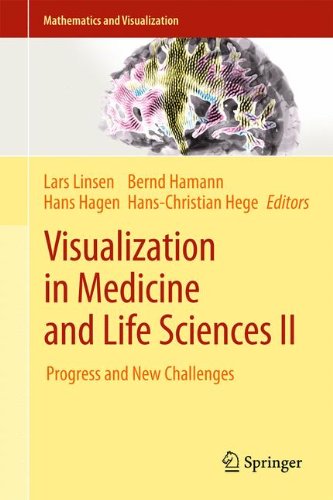

Most ebook files are in PDF format, so you can easily read them using various software such as Foxit Reader or directly on the Google Chrome browser.
Some ebook files are released by publishers in other formats such as .awz, .mobi, .epub, .fb2, etc. You may need to install specific software to read these formats on mobile/PC, such as Calibre.
Please read the tutorial at this link: https://ebookbell.com/faq
We offer FREE conversion to the popular formats you request; however, this may take some time. Therefore, right after payment, please email us, and we will try to provide the service as quickly as possible.
For some exceptional file formats or broken links (if any), please refrain from opening any disputes. Instead, email us first, and we will try to assist within a maximum of 6 hours.
EbookBell Team

4.7
56 reviewsFor some time, medicine has been an important driver for the development of data processing and visualization techniques. Improved technology offers the capacity to generate larger and more complex data sets related to imaging and simulation. This, in turn, creates the need for more effective visualization tools for medical practitioners to interpret and utilize data in meaningful ways. The first edition of Visualization in Medicine and Life Sciences (VMLS) emerged from a workshop convened to explore the significant data visualization challenges created by emerging technologies in the life sciences. The workshop and the book addressed questions of whether medical data visualization approaches can be devised or improved to meet these challenges, with the promise of ultimately being adopted by medical experts. Visualization in Medicine and Life Sciences II follows the second international VMLS workshop, held in Bremerhaven, Germany, in July 2009. Internationally renowned experts from the visualization and driving application areas came together for this second workshop. The book presents peer-reviewed research and survey papers which document and discuss the progress made, explore new approaches to data visualization, and assess new challenges and research directions.